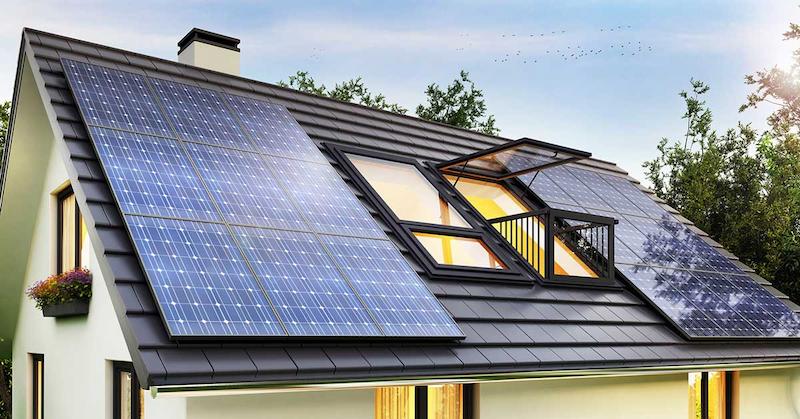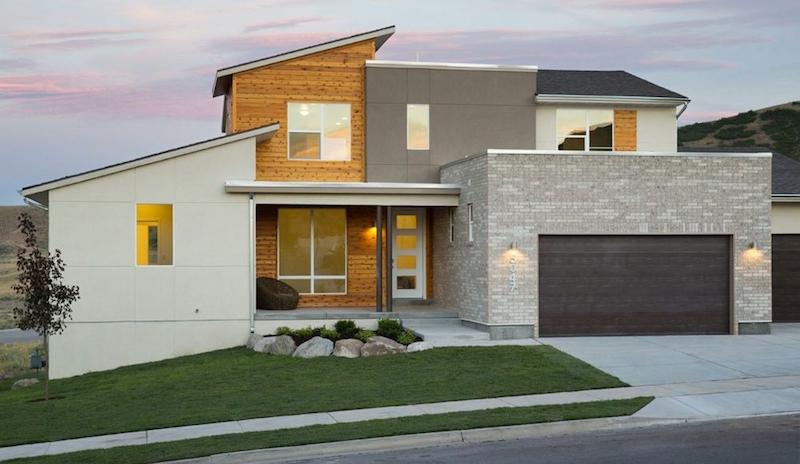Net zero homes are becoming increasingly popular as homeowners seek sustainable and cost-effective living solutions. These homes not only benefit the environment but also offer long-term financial savings. This guide will explore what a net zero home is, how to power it, and the advantages of living in one.

What is a Net Zero Home
A Net Zero Home is a residential building designed to produce as much energy as it consumes over a year, resulting in a net-zero energy balance. This is achieved through a combination of energy-efficient construction, renewable energy generation, and smart energy management. Key features of a Net Zero Home include:
How to Power a Net Zero Home

Powering a net zero home involves utilizing renewable energy sources and implementing energy-efficient technologies.
Renewable Energy Sources
Solar Power: Install solar panels to harness sunlight and convert it into electricity. Solar power is a clean, renewable energy source that can significantly reduce electricity bills and dependency on fossil fuels. Ensure panels are installed in a location with maximum sun exposure.
Wind Power: Use small wind turbines if the location is suitable for capturing wind energy. Wind power complements solar energy by generating electricity when the sun isn’t shining. Assess the local wind conditions to determine if this renewable energy source is viable for your home.
Geothermal Energy: Implement geothermal heating and cooling systems to use the Earth’s natural heat. These systems provide efficient temperature regulation year-round by utilizing the stable temperatures found underground. Geothermal energy reduces reliance on traditional heating and cooling methods.
Energy-Efficient Technologies
LED Lighting: Replace traditional bulbs with energy-efficient LED lights. LEDs use less electricity and have a longer lifespan compared to incandescent bulbs. This simple switch can significantly reduce energy consumption and lower utility bills.
Energy Star Appliances: Use appliances that are certified for energy efficiency. Energy Star appliances consume less energy, saving money on electricity bills and reducing environmental impact. Choose refrigerators, washing machines, and other appliances with this certification for optimal efficiency.
Smart Thermostats: Install programmable thermostats to optimize heating and cooling. Smart thermostats learn your schedule and adjust temperatures automatically, ensuring comfort while saving energy. They can be controlled remotely, providing convenience and further energy savings.
High-Efficiency HVAC Systems: Upgrade to high-efficiency heating, ventilation, and air conditioning systems. Modern HVAC systems are designed to use less energy while providing effective climate control. Regular maintenance ensures these systems operate at peak efficiency, contributing to a net zero home.
Home Design Considerations
Orientation: Design the home to maximize natural light and passive solar heating. Proper orientation takes advantage of the sun’s path, reducing the need for artificial lighting and heating. This design principle enhances energy efficiency and comfort.
Insulation: Use high-quality insulation materials to reduce heat loss. Effective insulation maintains a stable indoor temperature by preventing heat escape during winter and keeping the home cool in summer. This minimizes the need for heating and cooling, saving energy.
Windows: Install energy-efficient windows to minimize energy transfer. Double or triple-glazed windows with low-emissivity coatings reduce heat loss in winter and heat gain in summer. Energy-efficient windows contribute significantly to a home’s overall energy performance.
Benefits of Having a Net Zero Home
Living in a net zero home offers numerous benefits, from environmental advantages to financial savings.
Conclusion
A net zero home is a forward-thinking solution that addresses both environmental and economic challenges. By understanding what a net zero home is, how to power it, and the benefits it offers, you can make informed decisions about transitioning to a more sustainable lifestyle. Embrace the future of housing with a net zero home and contribute to a greener planet.
FAQ
Is a net zero home worth it?
Yes, a net zero home is worth it. The long-term financial savings on energy bills, coupled with the environmental benefits and potential increase in property value, make it a worthwhile investment.
What is the problem with zero energy housing?
The main problem with zero energy housing is the initial cost. Building or retrofitting a home to be net zero can be expensive. However, the long-term savings and environmental benefits often outweigh the upfront costs.
What does a net zero home look like?
A net zero home can look like any other home. The key difference lies in the materials used and the integration of energy-efficient systems and renewable energy sources. It combines modern design with sustainability features.
